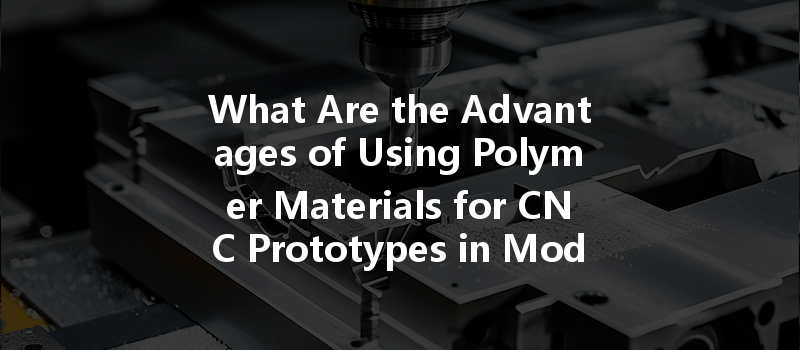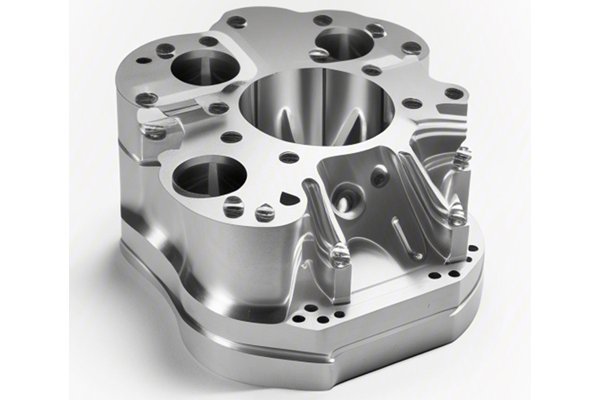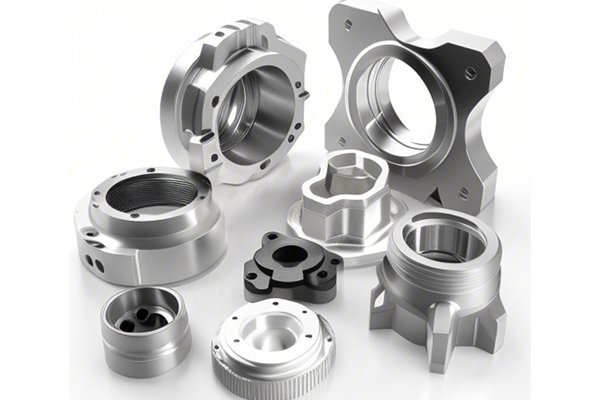: The Rising Trend of Polymer Use in Manufacturing
Did you know that polymer-based materials make up approximately 30% of global manufacturing by weight? This staggering statistic underscores the burgeoning significance of polymers, particularly in the realm of Computer Numerical Control (CNC) machining and prototyping. As the landscape of manufacturing continuously evolves, polymer materials are emerging as vital components in creating prototypes that are not only efficient but also cost-effective and sustainable.
In this comprehensive blog, we will explore the myriad advantages of using polymer materials for CNC prototypes. From their flexibility and lightweight nature to their innovative applications across various industries, we will delve into the comprehensive benefits that polymer materials bring to the table, making them a preferable choice for prototype manufacturing.
The Versatility of Polymer Materials
Polymers encompass a vast range of materials with different properties, including thermoplastics, thermosets, and elastomers. This incredible diversity offers manufacturers the ability to select the ideal material based on their project needs. Here are some popular polymer types used in CNC prototypes:
Each of these polymers can be tailored to provide specific physical, mechanical, and thermal properties which make them effortlessly adaptable to a ton of applications.
Cost-Effectiveness and Efficiency in Production
One of the most significant advantages of employing polymer materials in CNC prototyping is cost-effectiveness. Traditional materials like metals can be expensive, both in terms of raw material costs and machining time.
A. Reduced Material Waste
Polymers can be produced and processed with relative ease, and their inherent machinability contributes to reduced waste during the CNC process. Machining polymers generally produces less scrap compared to metals, which tend to create significant waste during cutting, drilling, and milling processes.
B. Lower Processing Costs
CNC machining of polymers typically incurs lower operational costs due to the faster machining speeds, less wear on cutting tools, and shorter cycle times. Polymers can often be machined at higher speeds, reducing production time and increasing throughput.
Weight Advantage for Prototypes
Weight plays a crucial role in prototyping, especially in industries such as aerospace, automotive, and consumer products. Here’s how polymers stand out:
Excellent Customization Opportunities
Tailoring materials to meet specific needs is pivotal in the prototyping process. Polymers excel in customization thanks to their:

Chemical and Environmental Resistance
Polymers often possess superior chemical resistance compared to metals, making them suitable for various applications:
Enhanced Design Flexibility
CNC machining of polymer materials also provides unique design advantages:
The Speed of Prototyping with Polymers
In today’s fast-paced manufacturing landscape, speed is of the essence. The rapid prototyping capabilities afforded by polymer materials highlight another significant advantage:
Testing and Validation Innovation
The properties of polymers lend themselves well to various testing methods that validate prototypes before they enter full-scale production. This includes:
: The Polymer Advantage in CNC Prototyping
As we have explored throughout this blog, the use of polymer materials in CNC prototyping offers spectacular advantages, from cost-effectiveness and lightweight properties to customization, flexibility, and quick iterations.
Manufacturers seeking to lead in innovation can leverage these benefits to meet growing market demands for speed, efficiency, and adaptability.
The knowledge covered here isn’t just a reflection of current trends; it underscores a shift towards a more sustainable and efficient manufacturing process through the use of advanced materials like polymers.
Why This Matters: As manufacturing continues to evolve, understanding the advantages of polymer materials will empower manufacturers, designers, and engineers to make informed choices that optimize production, enhance product performance, and reduce environmental impact.
Keep these insights in mind as you navigate the landscape of CNC prototyping — the choices you make today will shape the innovations of tomorrow. Embrace the future with polymers and unlock new realms of possibility in your manufacturing journey.



